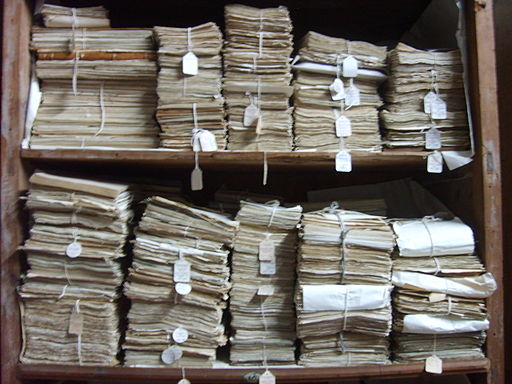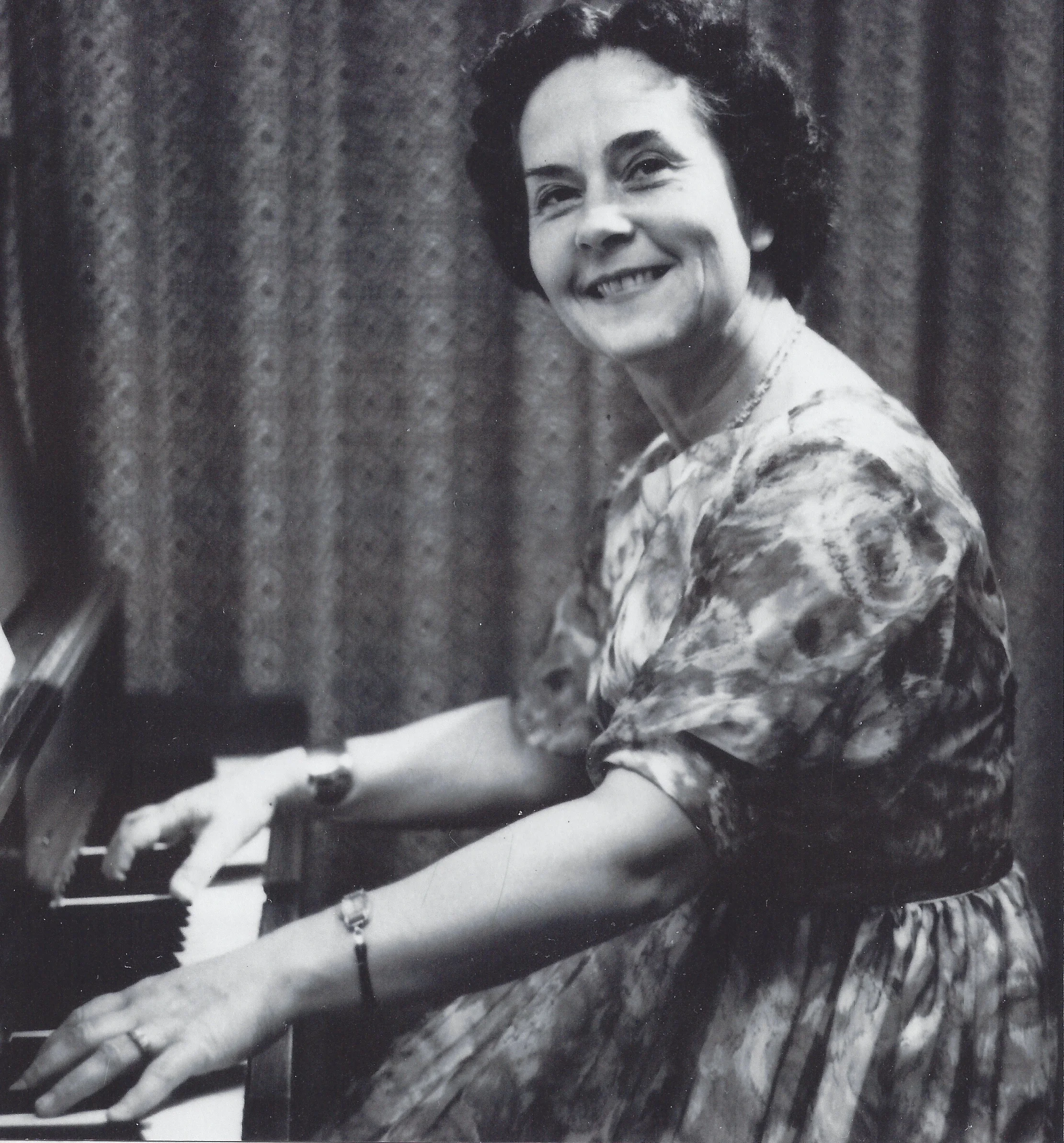The first Sunday in May, the air in Calgary was damp and brisk. The sky threatened more snow. Undeterred, a crowd gathered in the lobby of the Palliser Hotel. Gloved, toqued and layered, we set off into the streets for the Creative Nonfiction Collective Society's first literary walk.
These photos capture some of the magic we stirred up that day in the city's chilly shadows.
Across the street from the Palliser Hotel, I talk about the Alberta expressionist painter, poet and essayist, Maxwell Bates (1906-1980). His father designed the Grain Exchange Building, Calgary's first skyscraper, located kitty-corner to the hotel. Maxwell Bates's unfinished manuscript Vermicelli – an experimental mosaic of ideas and stories – was what we would now call creative nonfiction.
Photo: Ben Gibbard
Novelist Fred Stenson sketches the history of the Hudson's Bay Company in Calgary, in the welcome shelter of the store's elegant, Venice-inspired arcade. When this building opened in 1913, it offered a circulating library and reading room to its patrons.
Photo: Ben Gibbard
In front of the Calgary Herald Block, literary historian George Melnyk recounts the story of Chief Buffalo Child Long Lance, who worked as a reporter at the Herald in the 1920s. Claiming to be the son of a Blackfoot chief, Long Lance was later exposed and nicknamed "The Glorious Imposter."
Photo: Leo Aragon
Author and CNFC co-founder Myrna Kostash holds forth on Laura Salverson, the novelist and award-winning memoirist who rented a studio in the Lougheed Block (now the Belvedere Restaurant) in the 1930s.
Photo: Ben Gibbard
Harry Sanders, the good-humouredl Historian Laureate Emeritus of Calgary came along, too. His Historic Walks of Calgary (2005) is filled with facts, curiosities and inspiration.
Photo: Leo Aragon
Kris Demeanor shares his findings after a term as Calgary's first Poet Laureate. Calgary, he notes, is a city of " infuriating possibility."
Photo: Ben Gibbard
Aritha van Herk and Emily Murphy: two Alberta mavericks.
Photo: Leo Aragon
Author Ted Bishop and Barbara Patterson's Women Are Persons! sculpture in Olympic Plaza.
Photo: Leo Aragon
Myrna Kostash warms the crowd with her take on Laura Salverson's fierce Icelandic patriotism.
Down at ground level, Fonzie takes the literary walk in canine stride.
Photo: Leo Aragon
A beautiful limited-edition map, designed by ACAD student Soo Kim, features her original watercolour drawings. Thanks to Maranda Reprographics for printing the map, and to the walk sponsor, Calgary law firm Stones Carbert Waite LLP.
Next year, the Creative Nonfiction Collective's annual conference will be held in Victoria, BC, April 24-26, 2015. I plan to take my walking shoes.
I'll leave you with one last photo from the literary walk: worth at least a thousand words.
Photo: Leo Aragon














